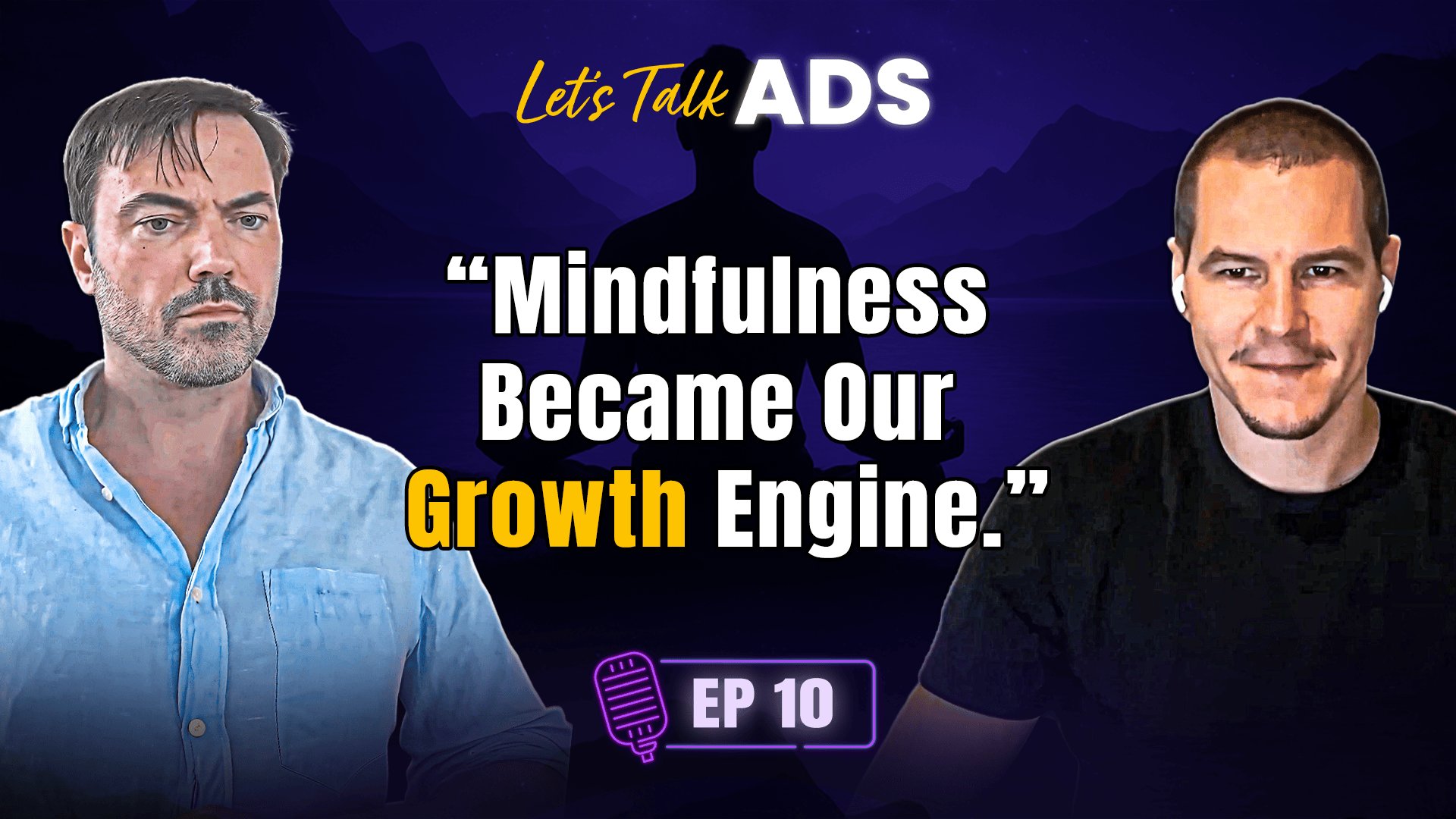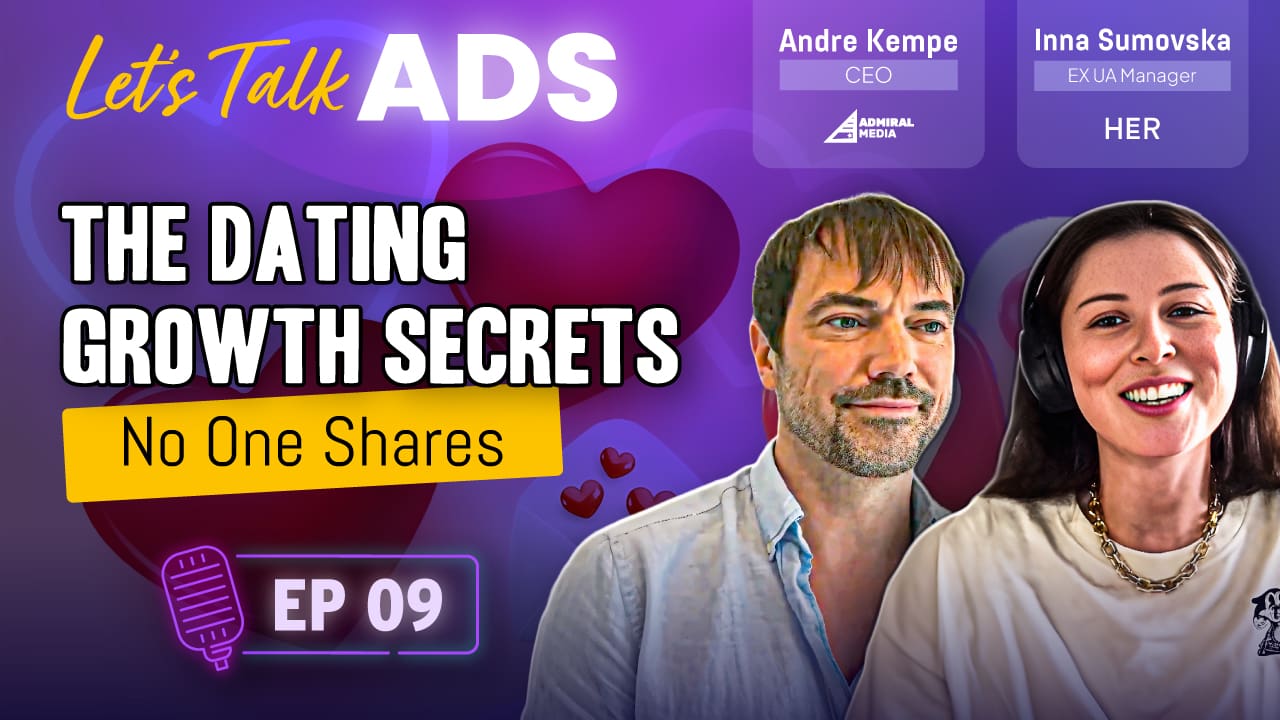2021 was full of updates for Google Ads. We’ve selected 9 of the most meaningful updates to help you stay up-to-date on the latest changes and best practices for your 2022/2023 Google Ads strategy. As Google continues to roll out new features and strategies, being aware of these updates will help you adjust your strategies to keep the performance.
Table of Contents
Google Ads strategy 2022/2023
So let’s see 9 impactful changes to consider for your 2022/2023 Google Ads strategy.
1# The end of expanded text ads
Starting from June 30, 2022, advertisers will no longer be able to create or edit expanded text ads. Through the expanded text ads in your campaigns will continue to serve and you can see their performance in your reports going forward. However, you won’t be able to edit or create new expanded text ads. Expanded text ads were basically a text ad with an extra headline and a second description field. This allowed advertisers to add more content and make their ads more personalized. Here is an example of expanded text ads: 
However, Google is pushing advertisers towards more automation as they believe it helps in sustaining their businesses as well as generating both good results and a good user experience. Advertisers will have to use responsive search ads, which are still text ads but more automated. Google claims that it helps in personalizing ads and A/B testing different combinations to find the best performing one. With responsive search ads, you can add up to 15 headlines and 4 descriptions for a single responsive search ad. Next, Google will automate the testing process to show a maximum of 3 headlines and 2 descriptions in a given ad. Also, part of your ad text may automatically appear in bold when it matches or closely matches a user’s search query. Learn More: Google Search Ads Agency
2# Enhanced conversion tracking
All tech giants agreed that we need a privacy-centric advertising industry, but the tracking gets more challenging with such changes. So Google decided to benefit advertisers by introducing Enhanced Conversion Tracking. It’s a feature that can improve the accuracy of measuring conversions. Google is planning to rely on first-party data to do so and with Enhanced Conversion Tracking, your existing conversion tags will be supplemented with hashed first-party conversion data from your website to Google. This feature is using a secure one-way hashing algorithm called SHA256 on your first-party customer data. This data then matched with signed-in Google users in order to get attributed to a certain campaign and event. Here is a guide on how to set up your Enhanced Conversion Tracking with Google Tag Manager.
3# Consent mode
A beta feature that helps you adjust how your Google tags behave based on users’ consent status to Analytics and Ads cookies. And, Google tags will dynamically adapt and collect data as per your instructions. Here is a full guide on how to implement it.
4# Image Extensions
An image is better than 1000 words. And Google is doubling down on this by introducing image extensions to allow advertisers to upload relevant visuals to their text ads. Google was always named as the action stage platform, but adding image extensions to the ad arsenal will help enhance the performance of your ads. Also, this step will position Google Ads in an equal stage with demand generation platforms like Facebook and TikTok. Though Google is aware of how important is it to keep control of such a feature to maintain the user experience. For this reason, there are certain requirements to use image extension in your ads. These are;
- You must have a good history of policy compliance. Advertisers who used to get rejections over and over won’t be eligible for this feature.
- You should have a Google Ads account in an eligible vertical or sub-vertical. It won’t be available to all advertisers yet and sensitive verticals or sub-verticals such as sexual content, alcohol, gambling, and healthcare won’t be eligible for image extensions.
- Your Google Ads account should have been open for more than 90 days. New ad accounts won’t get access to this feature.
- Your Google Ads account must have active campaigns, and running Search campaigns so that there are active text ads.
5# Integration with Shopify
How to hit back on Apple’s iOS14? Partner with Shopify. That’s what Facebook and Google did to maintain their shares of the eCommerce ad spend. Also, this probably will give them access to first-party data or at least make it simple to predict users’ purchase value and better performance for advertisers. This integration gives more than 1.7M merchants the ability to sync their products to the Google Merchant Center and create Smart Shopping campaigns from within Shopify. It will make the signup process straightforward and in just a few clicks, their products will appear across Google’s 1B shopping journey. This step is also a measure to protect Google’s ad share from Amazon, which invested so much in their advertising business. Their ad business brought in more than $6.9 billion in the first quarter, growing 77% year over year.
6# Deals Results page
Consumers are more than ever looking for discounts and deals to get the best value for their dollars. Google is making it easier for them to find those deals and for brands to promote their discounts. Especially in the holidays seasons like Back To School and Black Friday. With this step, Google is planning to take over the discount code business and probably gain a huge share from businesses like Honey and others who make profit directly from giving users discounts. In fact, searches for “discount codes” have increased over 50% since 2020.
7# Performance Max campaigns
One more step towards automation. Google introduced Performance Mix campaigns as a new goal-based campaign type that allows access to all Google’s placements–that means search, display, YouTube…etc–in a single campaign. Google claims that this campaign type will help you find customers all over their inventory of placements as a complementary step to get you better performance. This also gives their algorithm more freedom to spend the budget wherever it predicts that conversion will happen. This campaign type is going to position Google Ads side by side with TikTok and Facebook as a demand generation platform, which will probably increase their market share. This campaign type is still in beta but it’s planned to be rolled out soon.
8# New bidding strategies
From Maximum Conversion Value bidding to target-ROAS. Google introduced more bidding strategies to help advertisers optimize for their desired goals. Here is why you should test these smart strategies;
- Advanced machine learning: Just like other ad platforms, Google is using machine learning algorithms to accurately predict how different bid amounts might impact conversions or conversion value.
- Wide range of contextual signals: Google optimizes and tests different bids in auction-time to factor in a wide range of signals into your bid optimizations.
- Flexible performance controls: It offers higher flexibility and leverages those algorithms that used tons of data to train on predicting user’s behavior.
And it’s always good to have more bidding strategies available, such as target-ROAS.
9# Smart Shopping
Smart shopping campaigns are meant to simplify campaign management and make it easy for anyone to open a campaign and get good results. Yet, it’s not clear how Google is planning to drive results for small businesses after the privacy changes happening industry-wide. Google claims that Smart Shopping will maximize conversion values and expand your reach. It comes with effortless optimization, automatic bidding, and easy integration with platforms like Shopify and WooCommerce. Indeed it’s set to be a very powerful campaign type that is great for online sellers, but Google didn’t share much information on how that will actually work. Just one more automated campaign type! For more industry insights, don’t hesitate to visit our blog.



